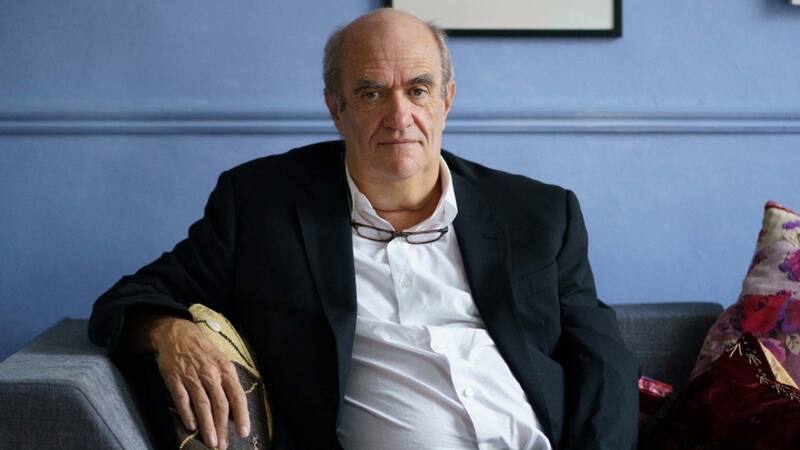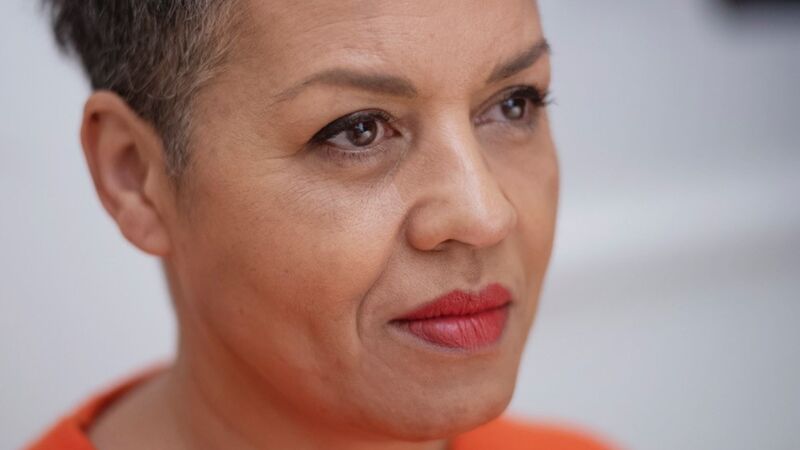You are viewing your 1 free article this month. Login to read more articles.
CIPFA stats show drops in library numbers and usage
The number of people borrowing books from libraries in England has halved since 1997, according to the annual library statistics prepared by the Chartered Institute of Public Finance and Accountancy (CIPFA).
CIPFA plans to publish its annual statistics later this week, but early leaks have seen sections of the data widely circulated this weekend.
The available data shows that the past 12 months have seen yet more library closures, and lower levels of visiting and borrowing.
It shows local authorities reported that a total of 3,450 libraries in England were open for 10 hours or more in March 2014, down from 3,491 open at the same point last year. Overall, it is a decline of 9.8% from 1997, when there were 3,862 libraries open for at least 10 hours a week.
Alongside these falling figures, library visits and borrowing have also dropped, both in the past year and as a broader trend. In England, there was an average of 4.3 library visits per person in 2013/14, dropping from an average of 4.5 visits per person in 2012/13, and down from 6.4 visits per people in 1997.
Altogether across England, eight million people used libraries to borrow books in 2014, one million fewer than the number using libraries to borrow books in 2013. The figure has halved since 1997, when 16 million people used libraries to borrow books. Book loans have seen a similar decline, standing at 209 million loans in 2013/14, from 222 million in 2012/13. In 1997, book loans stood at 411 million.
The number of titles available for borrowing has also dropped, standing at 55 million this year, down from 57 million in 2014 and 75 million in 1997.
Professional staff levels have also dropped, with 19,307 paid staff in 2014, of which 3,106 are qualified professionals. Last year, there were 20,302 paid staff – in 2007 there were 25,796 paid staff.
Meanwhile, council spending on libraries in England has dropped from £783m in 2012/13 to £757.3m in 2013/14, a fall of 3.3%. Capital expenditure is at its highest level ever though, standing at £163m this year.
Figures also show that only 48% of libraries across the UK offer wi-fi, while e-book lending as a portion of total book lending in England is 0.86%.
The statistics seen so far cover the number of libraries and staff as well as council expenditure, but have not broken down information such as borrowing of genres, which have typically shown the strength of children's borrowing. It has also not broken out the most visited libraries in the UK – last year's most visited was the Norfolk and Norwich Millennium Library, with both the most visits and issues.
Former Waterstones m.d. and library campaigner Tim Coates said he believed that the best course of action for libraries would be to address issues of falling book stock. He said: "Next year councils have probably already found another £150m capital for libraries, as they have done regularly in recent years . I would urge them this time to spend all of that money on new books instead of buildings. If they did that just for one year it would transform the quality and increase the use of their libraries - and set them up for a much brighter future."
Library campaigner Desmond Clarke commented: "The real concern must be the marked decline over several years, especially in England, in library usage and borrowing. That is the urgent issue that the DCMS, Arts Council England and the professional bodies need to properly understand and take urgent action."



















